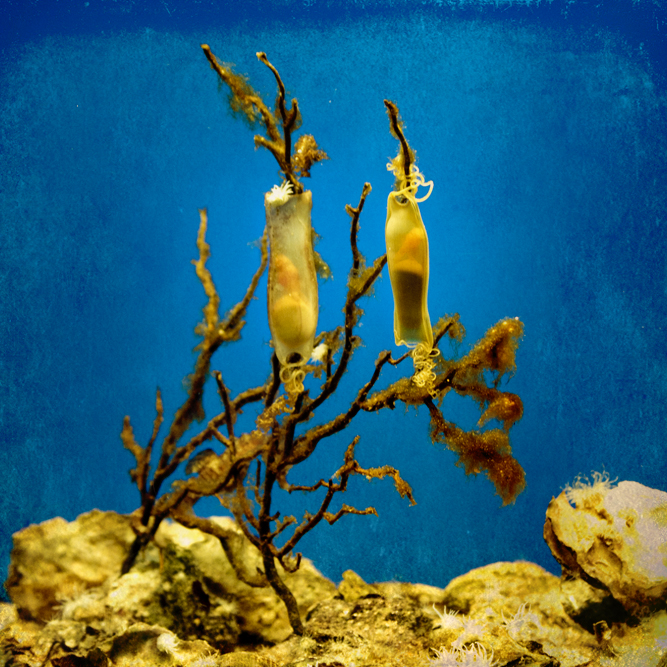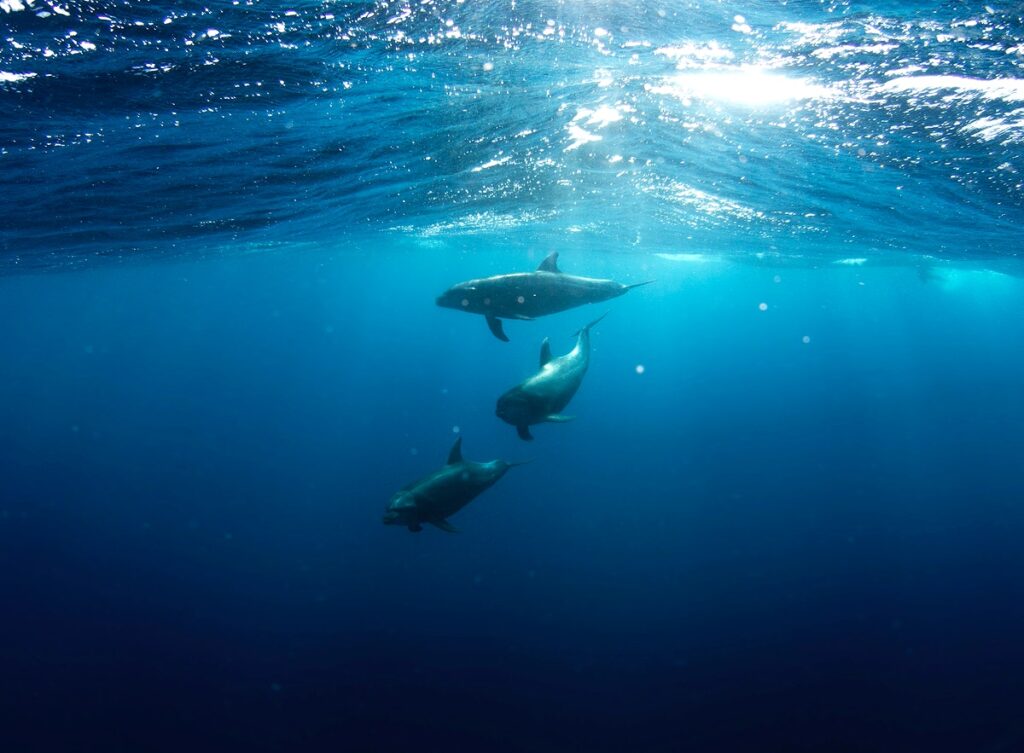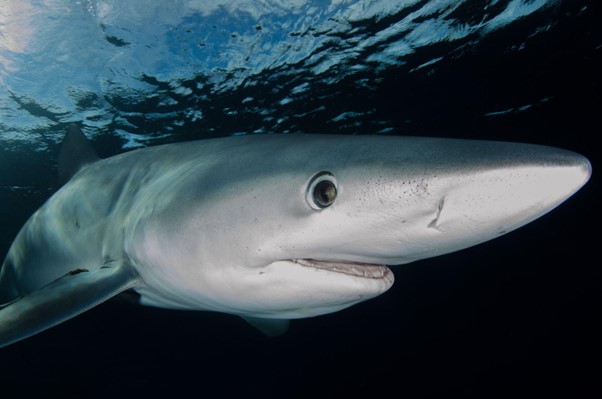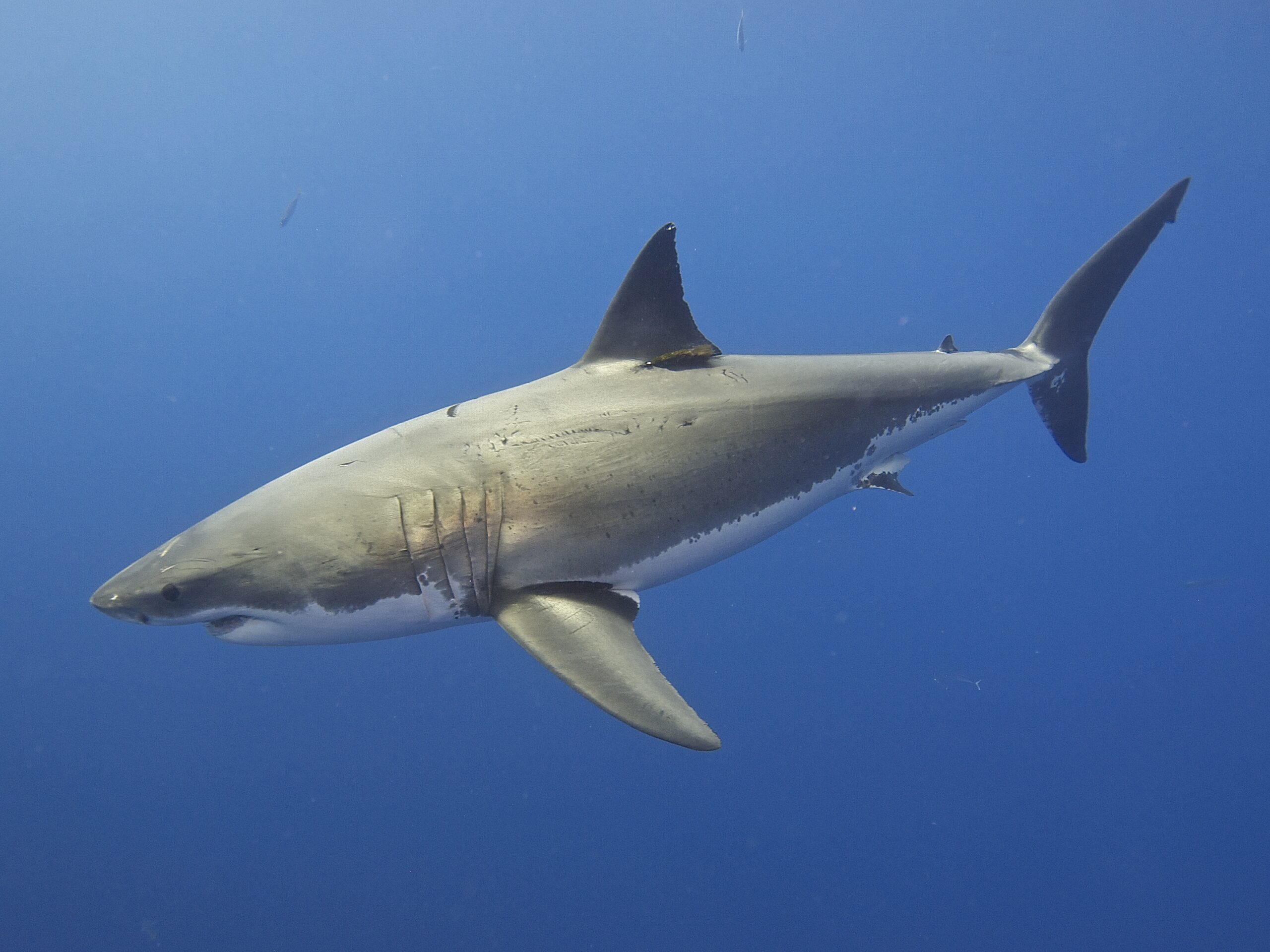Hundreds of different kinds of sharks are found swimming and floating in the oceans which means that the reproductive strategies among the members of Chondrichthyes are more diversified as compared to other water animals. It is believed that sharks go into the open ocean for mating but it is not true in all cases. Sharks do give birth to a number of their young pups but are sharks capable of laying eggs, like most of the fishes? This is the question which we are going to answer in this article.

Do sharks mate?
Sharks invest a lot of energy during their courtship and give birth to a number of young ones that are fully developed and have a high chance to live and cope with the harsh environmental conditions. All sharks’ reproduces through internal fertilization, the male shark inserts claspers into the female cloaca and the fertilization begins. After the courtship ends, the female shark is left free and carries the fertilized eggs in the oviduct. However, the gestation period is different in different species, it may vary from 5 to 6 months or may be up to 2 years. After the completionof gestation period, the mother shark may lay eggs in the outer environment or may give birth to offspring once they become fully developed inside the mother body.
Do sharks lay eggs?
There are about 25% of sharks reported which reproduce by laying eggs. Depending upon the type of species, different sharks adapt various reproductive mechanisms to give birth to their pups. Do sharks lay eggs? Yes! Sharks are capable of laying eggs.
So, how are sharks born in eggs?
There are two mechanisms by which baby sharks are born in eggs – one is oviparous and the other is ovoviviparous, let’s find out the details about how sharks lay eggs and how pups are born in the eggs.
Oviparous sharks
When the development of the fetus is completed, the oviparous sharks lay eggs in the ocean water in hidden places like under the rocks to protect them from predators – this is their last responsibility to serve as a parent. The eggs are protected by an egg shell or a case sometimes referred to as a “mermaid purse”, a leathery pouchwhich provides protection as well as nourishment to the egg yolk.
The eggs remain in the mother womb for only a week and may take a month or two to hatch. Normally oviparous sharks lay nearly 10 to 200 eggs anywhere in the ocean. When the eggs hatch the young are now free to go anywhere, the empty egg shells were found at the bottom of the ocean, so it is easy to identify them on the basis of their structure.
Listed below are some of the sharks which reproduce by oviparous mode of reproduction.
- Cat Shark
- Horn Shark
- Bamboo Shark
- Carpet Shark
- Zebra Shark
- Swell Shark
- Port Jackson Shark
- Dogfish Shark
- Australian Swell-shark
There is another complex method by which some sharks give birth to their young ones, in this process the development of the embryo takes place in the mother”s womb and lays eggs in the outer environment only for hatching. Let’s explore it in detail.
Ovoviviparous sharks
Some shark’s species fall under the category of ovoviviparity by combining 2 mechanisms of reproduction, the first stage is laying eggs and the other is giving birth to offspring. If there is no is mode, there is no development of placenta. After fertilization, the mother lays eggs in the mode, the eggs remain there until the completion of incubation period. The egg sac provides them with nourishment and oxygen necessary for them. When the gestation period is over, the eggs begin to hatch but still remain inside the mother’s body.
Once the young ones were fully developed, the female shark gave birth to them. However, this type of reproduction has one drawback, sometimes the pups that hatched first begin to eat the other unfertilized eggs only for their survival. That’s why the shark’s species which reproduces by this mechanism usually give birth to 1 to 8 pups.
Some of the shark species listed below undergo ovoviviparous reproductive mode.
- Sand Tiger Shark
- Great White Shark
- Leopard Shark
- Nurse Shark
- Mako Shark
- Thresher Shark
- Whale Shark
What does it conclude?
Sharks adapt different methods of reproduction that vary from species to species, some giving birth to their pups whereas others reproduce by laying eggs either within the body of the mother or at the surface of the ocean. It might takes few months or even years to become sexually adults. These creatures must need to be protected and prevent them from being endangered because a single baby shark requires a long time to become a fully matured shark.







